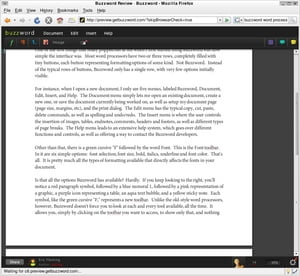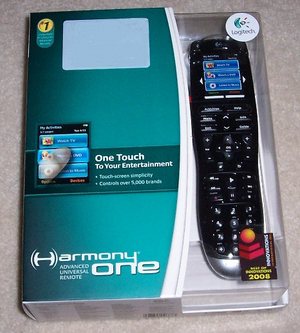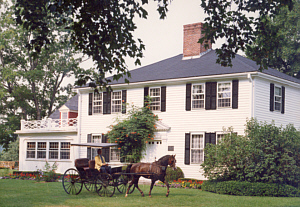When I got my first laptop several years ago, it was only a matter of time before I was bored with the pre-installed backgrounds that came with Windows. So, after a few pointers from friends and a little playing around, I learned how to design my own background using PowerPoint. It’s so easy that you will be able to pick it up quick and have a custom background in no time.
First, open up a PowerPoint document. Click on the Layout button in the top toolbar. If you don’t see it there, click on Format and then click on Layout. This will open an option menu on the right side of your screen. Under Content Layouts, click the one that looks like an empty square. This will give you a clean slate to design a slide however you wish. Close out the Slide Layout Menu and get to work designing your slide.
Design your slide however you would want your background to look. Play with the background color. Add text, clip art, photos, and whatever else you can think of to customize the slide into exactly what you want. Personally, I like to do several different slides at once, play with lots of different things and decide when I’m done which one is really what I want.
Once you are done customizing, it is time to save. This part is absolutely critical. Click Save As from the File drop down menu. Name the slide and where it says “Save As Type”, choose “Devise Independent Bitmap”. Saving the slide under this format will allow you to use it as a background on your desktop. Remember to note where you are saving the file to because it will be extremely necessary later.
Once you click Save, your computer might ask you if you wish every slide to be exported or just the one on top. Choose to export just that one slide. This option will save only the active slide. Then repeat the procedure for any other slides you want to save. While it may seem annoying, it can make the next step in the process much less complicated.
Okay, you have created a bitmap image in PowerPoint and you are ready to set it as your desktop. Close out all programs you are working on. When you close PowerPoint, it might ask you if you want to save your work. Even though it seems odd, choose no. You have already saved your work in the format you need. The reason PowerPoint is prompting you is because it wants you to save in the default format, which is unnecessary.
Once your desktop is clear and ready to test out your new custom image, right click on your background, being careful to not click on any nearby icons. Choose the options “Properties”. When the Properties Menu pops up, click on the tab marked Desktop. You can scroll through the options available by default, but notice that your new creation is not there. This is because your image is saved elsewhere. Click on the Browse button, locate where you saved the file and click Open. This should load the image onto the preview screen.
Under the drop down menu marked Position, choose the option that looks the best for what you want. Personally, I think that the Stretch option usually works best. When you are happy with how the preview screen looks, click Apply to see how it looks before you commit to the change. To make the change permanent, click Okay.
Congratulations! You just created your first custom background image! And the best part is that you now know how to create another one whenever the new one gets old.






